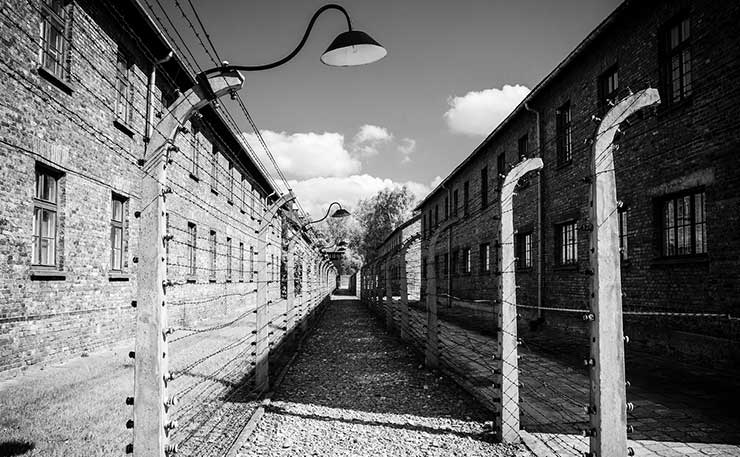Seventy-five years ago the world slowly awakened to the horrors of Auschwitz-Birkenau as Soviet troops liberated the largest Nazi death camp in occupied southwestern Poland. In Australia, the gruesome discovery was marked in our newspapers via a snippet from Reuters, understated and naive in retrospect. It noted a “terrible concentration camp” had been captured at Oswiecim, where “tens of thousands of people were tortured” and “thousands more were shot”. In reality, as Henry Ergas wrote on Monday, 1.1 million people were killed at Auschwitz, of whom 960,000 were Jews. Here, a world away, the scale of the crimes against humanity only began to become apparent months later as other camps were liberated and newsreels were released, showing images of piled corpses, gaunt survivors, gas chambers, and rooms full of human hair and books bound in human skin.
The Shoah is passing from living memory. About half the remaining Holocaust survivors have died in just the past five years. Fiona Harari has interviewed Australian survivors, including twin sisters Annetta Able and Stephanie Heller. At Auschwitz they were forced to load naked corpses on to trucks and were subjected to Josef Mengele’s barbaric medical experiments. Life was measured in minutes. “You hoped to get out alive,” Mrs Able said. Ergas wrote of “the morning hangings, the specially designed benches on which inmates were whipped until every bone was broken, the cages in which prisoners were starved to death, the operating theatres where children were deliberately infected with disease, the gas chambers and crematoriums”.
Read the editorial in The Australian.

